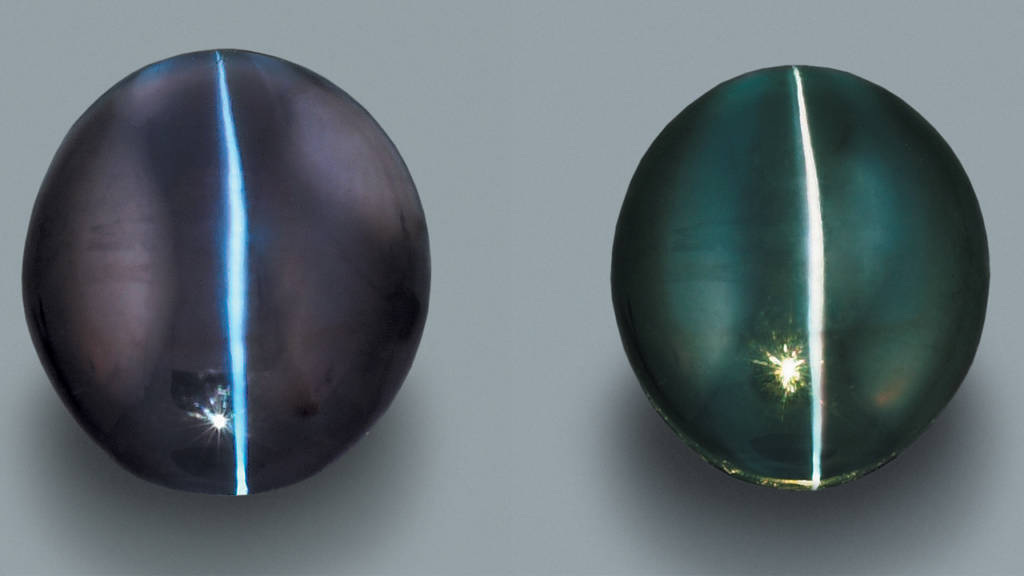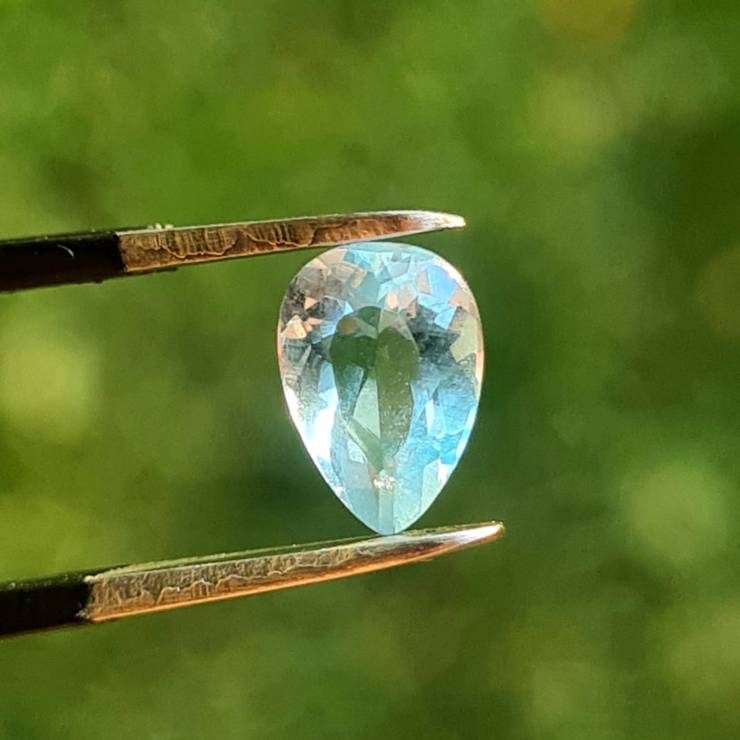Alexandrite
Green in the sun. Red in the lamp light. Alexandrite, which changes color, is a magical trick of nature.
It is a color-changing mineral variety, chrysoberyl. Cyan in daylight, purple red under the bulb; hard and durable. Examples of the highest quality are rare and valuable.
Alexandrite, which gem lovers often describe as “emerald during the day, ruby at night”, is a very rare variety of chrysoberyl mineral that changes color. Originally discovered in the Russian Ural Mountains in the 1930s, it is now found in Sri Lanka, East Africa and Brazil, but the fine material is extremely rare and valuable.
Alexandrite with its chameleon properties is a rare variety of the mineral chrysoberyl. Its color can be beautiful green in daylight or fluorescent light, which changes to brownish or magenta in the light of a light bulb or a candle flame. This is due to the complex way in which the mineral absorbs light.
The dramatic color change of Alexandrite is sometimes described as “emerald during the day, ruby at night.” Other gemstones also change color in response to a change in light source, but the transformation of this gemstone is so remarkable that the phenomenon itself is often called the “alexandrite effect.”
Alexandrite is also a strongly pleochroic gemstone, which means that when viewed from different sides, it can show different colors. Its three pleochroic colors are usually green, orange and purple-red. However, the striking change in color does not result from the pleochroism of the gemstone, but rather from the unusual light-absorbing properties of the mineral.
Due to its shortage, especially in larger sizes, alexandrite is a relatively expensive member of the chrysoberyl family. He shares his June stone status with a cultured pearl and a moonstone.




